As San Jose and Silicon Valley further emerge from the effects of the pandemic, development on major projects continues to move forward across the region.
Here are some of the notable developments and policies to keep an eye on in 2023:
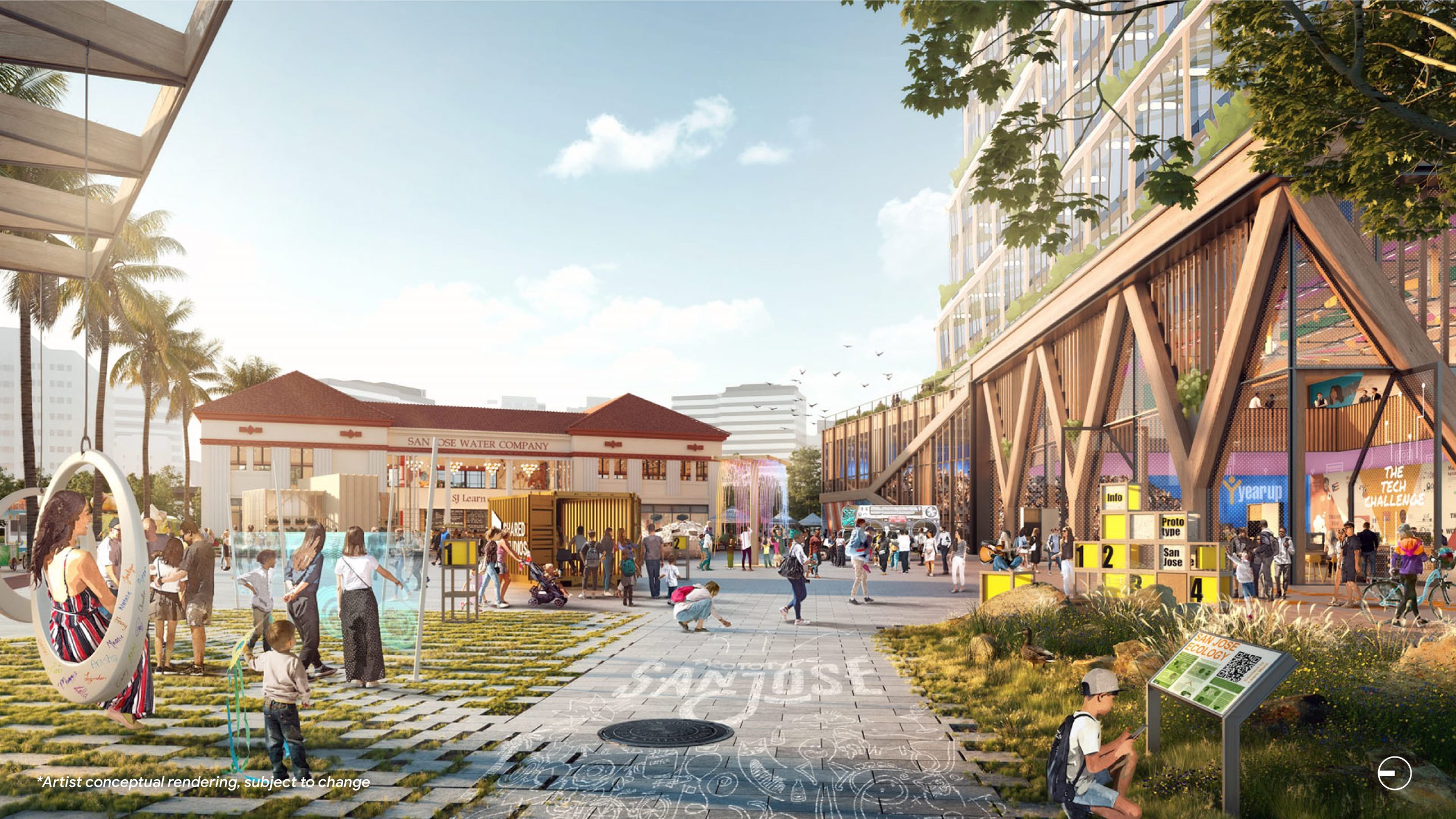

Google’s Downtown West project
The largest development in San Jose’s history, Google’s 80-acre Downtown West project is finally underway near Diridon Station. Work on the project first proposed in 2019 is set to pick up steam in 2023.
The project could take about a decade to complete. When fully built out, it’s expected to accommodate 25,000 workers across 7.3 million square feet of office space. Plans also call for adding 4,000 homes, about 1,000 of which will be priced below market-rate, aiding the city’s growing need for affordable homes. The development will include 15 acres of parks, a large community center and its own microgrid.
A community group of 13 residents will help decide how to dole out $155 million in funds Google is providing with the hope of curbing displacement from the project.
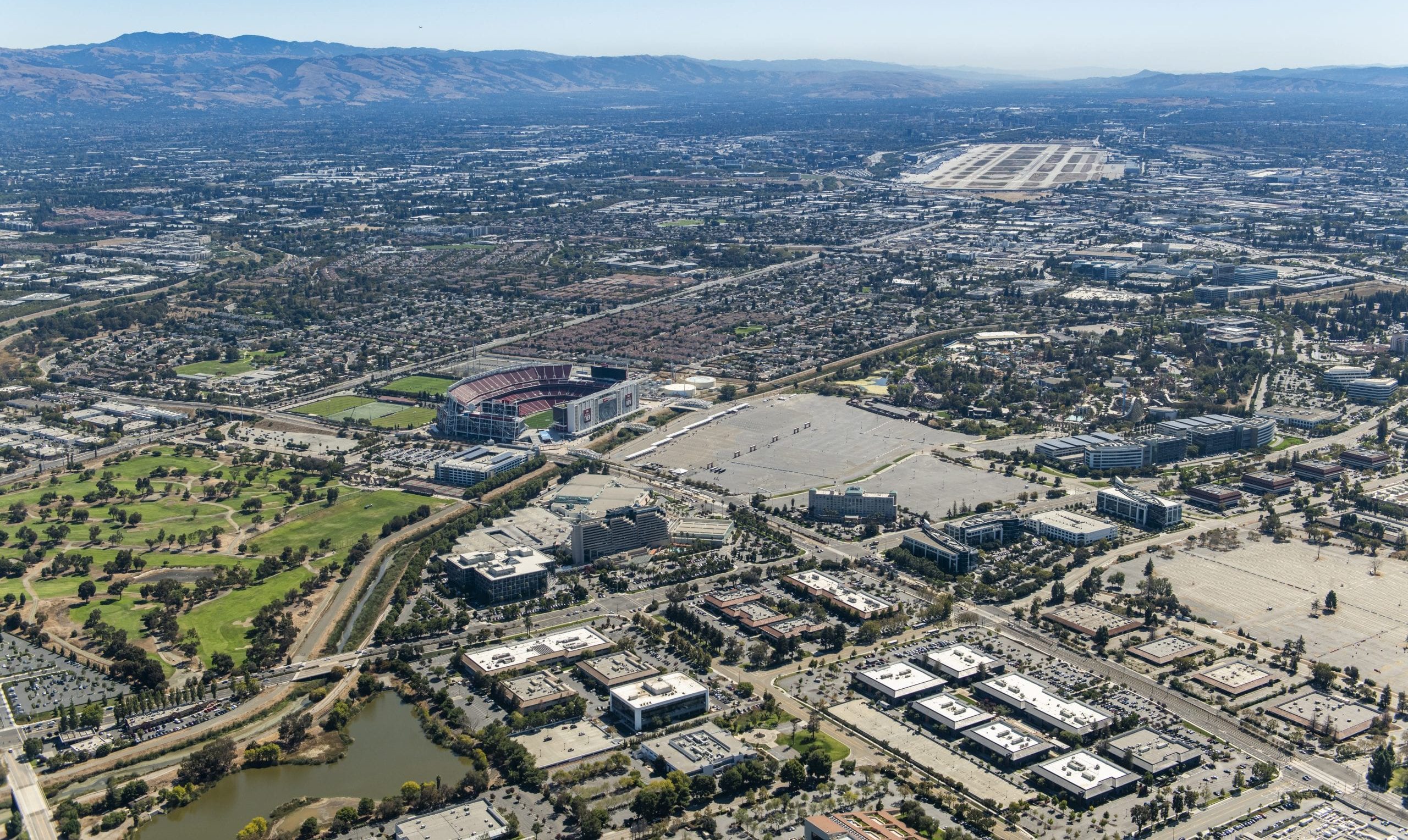

Housing planned in North San Jose
San Jose leaders approved a settlement with Santa Clara County this month, ending a decade-long legal dispute that has blocked San Jose from pursuing any housing development in the northern part of the city.
Up to 24,000 homes are envisioned in this part of the city, with plans to require about 20% of construction to be priced as affordable to lower-income earners in the region. The housing will be closer to major tech companies such as Google, Microsoft, Amazon and Arista Networks with outposts in the area.
“I would expect that you would see a lot of activity relatively soon, which is tremendously important,” Mathew Reed, policy director of SV@Home, previously told San José Spotlight.


BART’s march through downtown San Jose disrupts landowners, tenants
VTA’s long-planned downtown San Jose BART project is moving forward, and so is the public transit agency’s work to take over privately-owned properties through eminent domain to make way for the development.
The VTA board of directors voted earlier this month to pursue forcibly buying out owners and residential and business tenants of two buildings on East Santa Clara Street, including the downtown location of Mexico Bakery, and ENSO Bar and Night Club.
“They can do this, they can do that, but the trust level is seriously zero,” Muhammad Umer, one of the residential tenants, previously told San José Spotlight. “Money is not the resolution for our hardships.”
Just up the road, a high-rise residential tower development has been approved by the city, but may never materialize due to VTA’s plans for a station entrance and other equipment underground at the site.
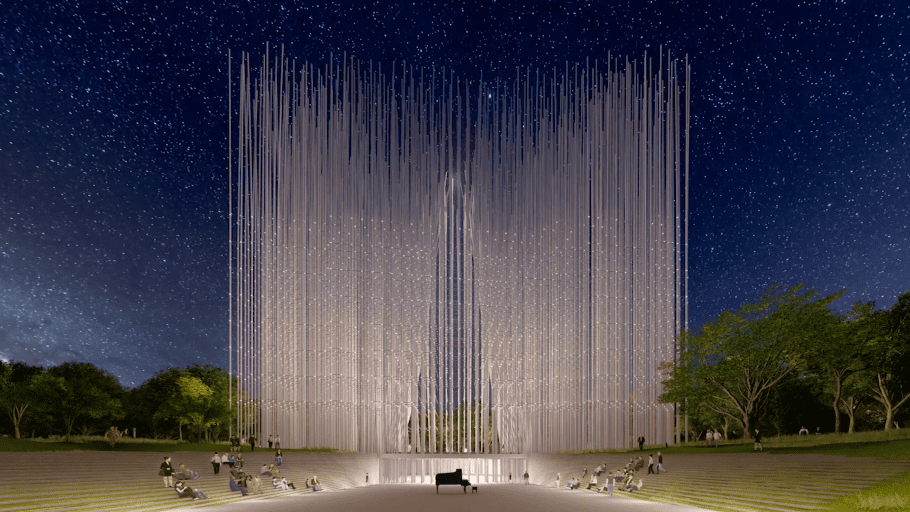

Breeze of Innovation is still far off
Even after pulling together $170,000 in a recent fundraiser and previous commitments of about $3 million, the landmark art project and monument called Breeze of Innovation could still be years off from becoming a reality. Initial estimates pegged the cost for the structure made of hundreds of electric rods at about $100 million.
The project organizers are proposing to move its planned location from Arena Green in downtown to Plaza de Cesar Chavez. Supporters, including the Chavez family, say the project would serve as a major destination in the city and attract thousands of visitors. Some environmental groups raised concerns about how the structure’s previous location could affect wildlife at Arena Green, located near Guadalupe River Park. Others have said the project will be a wasteful eyesore.


East San Jose theater comes into view
As part of a major redevelopment project along Alum Rock Avenue, a theater is planned across from Mexican Heritage Plaza, an extension of the School of Arts and Culture. The space will provide a venue for theater productions, dance and live music, as well as community events, parties and weddings.
“The only way to ensure community assets stay in the hands of the community is making big moves like this,” Jessica Paz-Cedillos, co-executive director of the School of Arts and Culture, previously told San José Spotlight.
The 6,700-square-foot theater will include 200 seats, a cafe and wellness center. It received city approval in the fall, and is expected to wrap up construction in late 2023 or early 2024.


Santa Clara’s $8 billion project
After announcing plans to break ground this year, the $8 billion Related Santa Clara development appears to still be on hold.
One of the challenges the development faced is from a regional painters’ union that requested the state’s Department of Industrial Relations determine whether the project be considered a public works project and therefore be required to pay prevailing wages. In a late November decision, the state determined the project received public subsidies and is required to pay prevailing wages to workers.
Related intends to appeal the decision.
San José Spotlight revealed in September that Santa Clara Mayor Lisa Gillmor wrote a letter to Gov. Gavin Newsom earlier in the year advocating Related should not have to pay prevailing wage on the project.
Months after Gillmor sent the letter to Newsom, Related formed a campaign committee and funded it with $250,000 to help Gillmor win reelection against Councilmember Anthony Becker.
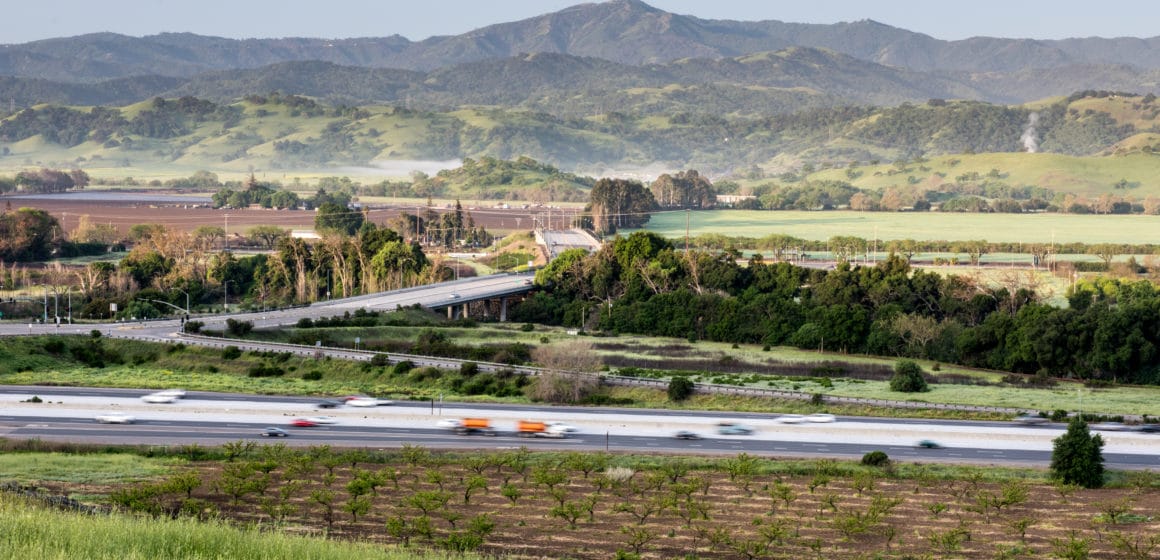

Contested Coyote Valley land
About one year after the San Jose City Council took action to shield more than 300 acres of Coyote Valley land from development of distribution warehouses, several landowners are proposing an electricity transmission facility or storage system on approximately 128 acres.
The preliminary plans could pit the city and state’s goals of achieving a carbon neutral power supply against ongoing work to preserve open space for wildlife, flood control and water supply safety.


Downtown high-rise towers
Several major high-rise projects got a green light from San Jose leaders in 2022, and some could break ground in 2023.
Urban Catalyst gained approval for a two-tower development called Icon/Echo near San Jose City Hall. The 27-story Echo tower will contain 415 apartments and stand 267 feet tall, while the 282-foot high Icon will be a 24-story commercial tower with about 525,000 square feet of offices and up to 8,500 square feet of ground floor retail space.
Nearby, Canadian developer Westbank was cleared to move forward with a 30-story luxury tower, including 540 residences at 409 and 425 S. Second St. at the corner of San Salvador Street.
The San Jose City Council in November again extended its affordable housing fee waiver and tax reduction program for high-rise developers in downtown, hoping to encourage more dense housing there.
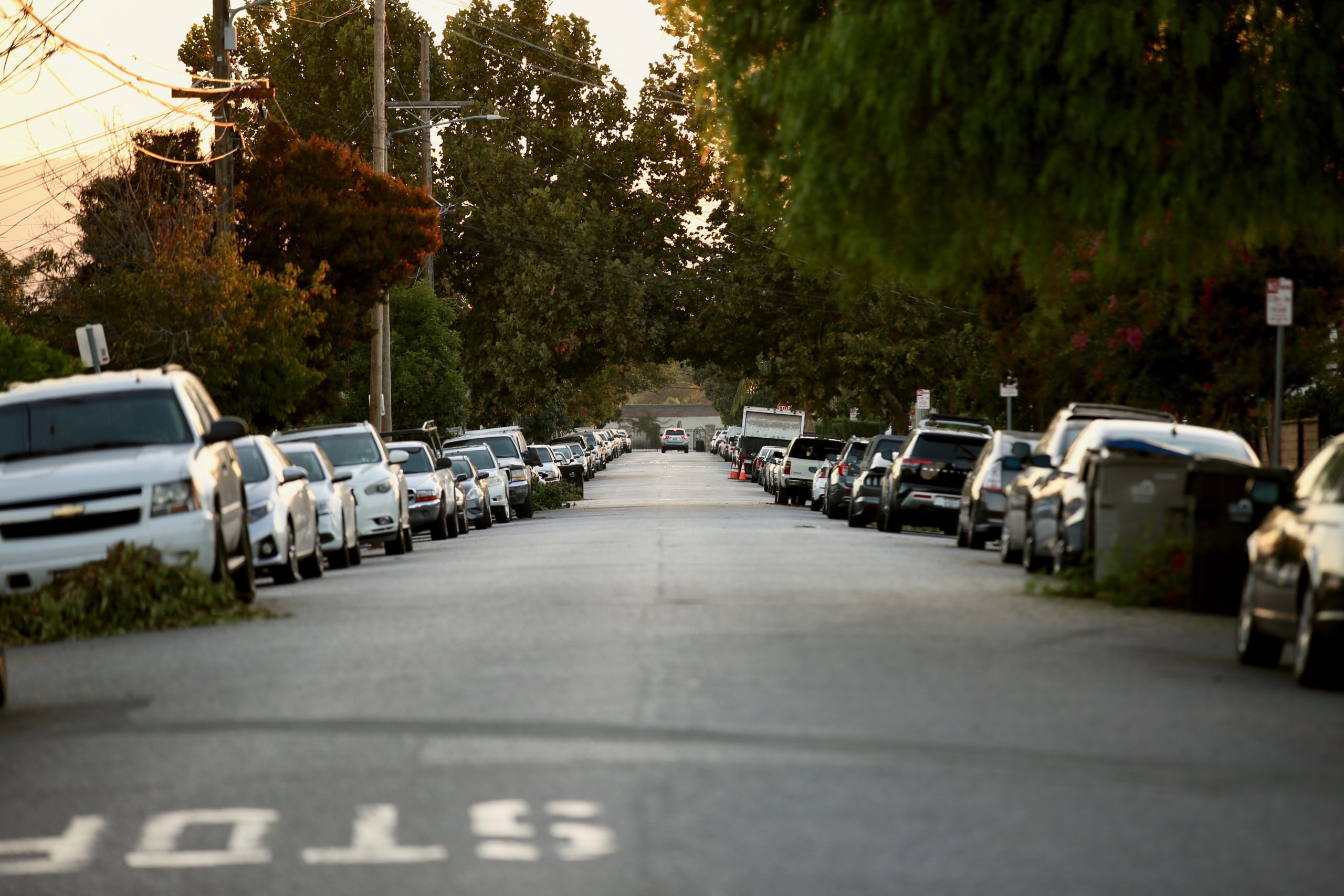

Parking minimums tossed out
San Jose leaders voted in December to officially eliminate parking minimum requirements for new developments across the city, taking final action on an idea it tossed around for more than a year. The city’s action came shortly after the state enacted laws that do away with parking minimums within a half–mile of major public transit lines.
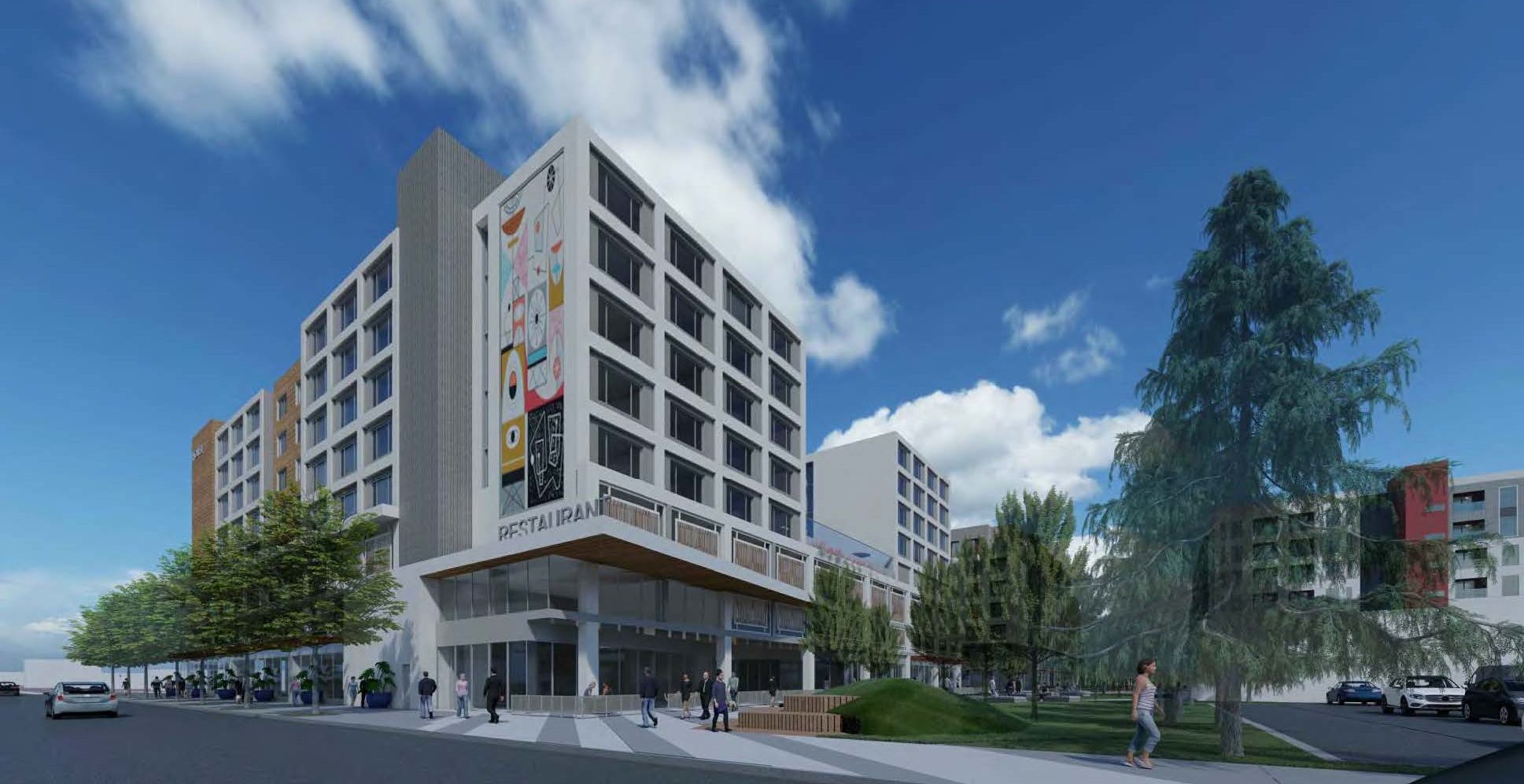

West San Jose getting hundreds of condos
A building boom is coming to West San Jose, with the Stevens Creek Promenade project likely to begin work in 2023. The development from Miramar Capital will replace some commercial buildings at 4300 Stevens Creek Boulevard with nearly 600 condominiums and hundreds of hotel rooms.
Not far away on South Winchester Boulevard, developer Adam Askari has gained approval for 70 condos, next to a site where he previously was approved for a similar-sized development.
Down the street, Askari’s development group will move forward with plans for a 119-room hotel that stirred controversy among neighbors.
Contact Joseph Geha at [email protected] or @josephgeha16 on Twitter.



Leave a Reply
You must be logged in to post a comment.